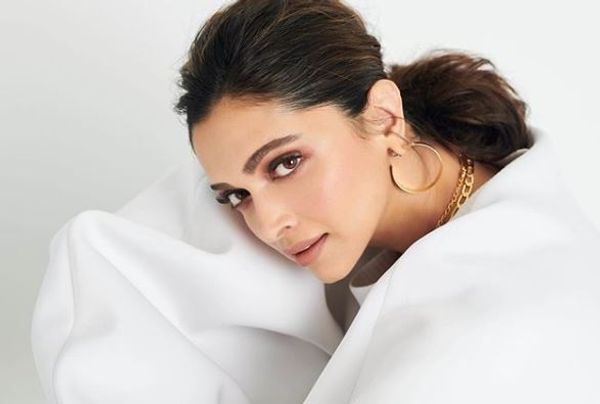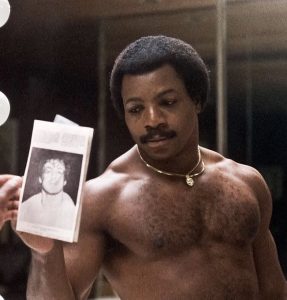Bollywood actor Deepika Padukone recently shed light on the “surface level” representation that South Asian actors get in Hollywood, only to end up being misrepresented.
Padukone, who starred in ‘ XXX: Return of Xander Cage’ in 2017, told Vogue India about the sheer tokenism in Hollywood.
Also Read: Ukrainian intimacy director of ‘Gehraiyaan’ sheds light on life in Ukraine
“Right now, the conversation around diversity in Hollywood is surface-level. The minute you have a Black or Asian actor, it’s considered ‘diverse casting’. But we have a long way to go before we start seeing substantial change. I feel like 80 per cent of the people in charge are still looking at inclusive casting as a box to be ticked. No doubt, there are some who are genuinely interested in turning the tide, but they are getting it quite wrong,” she said.
Also Read: Met Gala 2022: Sabyasachi’s saree gives ‘desi’ element to Natasha Poonawalla
Padukone’s statement shines a harsh light on the superficiality in Hollywood. After years of demanding representation in the billion-dollar industry, South Asian actors have only managed to receive onscreen breadcrumbs that reek of forced accents, overachieving geeky characters and unnecessarily complicated names.
Also Read: Doctor Strange in the Multiverse of Madness: Deadliest Darkhold spells
The irony of supporting roles
South Asians have largely been cast in supporting roles that offer little to no support to the plot. Their trivial characters, such as that of a driver, shopkeeper, or a doctor, who are almost always obnoxiously topped with exaggerated accents, stand at a dead-end when it comes to character development or parallel storylines.
The casting mud
From white-washing to black-fishing, Hollywood seems to do everything in its power to avoid a South Asian actor from taking on a role that falls right within their competence.
One example is Scarlett Johanson, who starred in the 2017 film ‘Ghost In The Shell’ as Motoko Kusanagi, a pale Japanese human cyborg with black-dyed hair.
Another example is Ashton Kutcher, who featured as Raj, a Bollywood film producer, in a 2012 commercial. Kutcher’s portrayal of an Indian man was made possible through an unnatural dark colour on his skin, a brown unkempt moustache, a sherwani with an unsettling blue sheen, and a head waggle to imitate a tacky body movement.
Also Read: Doctor Strange in the Multiverse of Madness: Book of Vishanti’s most powerful spells
Desi elements
From a harsh yellow filter that hits the screen every time the camera pans to a third-world nation to a classical tune that plays when a character teleports to the land of the Taj Mahal, overused elements continue to be tossed into films in the name of diversity. Without ever missing a chance, this token diversity fails to display India as a country that balances on historic monuments and poverty-stricken regions but also, bustling metropolitans and opulent lifestyles.
The silver lining
Actors like Priyanka Chopra Jonas, Mindy Kaling, Jamila Jamil and Simone Ashley continue to pave the long road that lies ahead, making way for young South Asian talents that dare to dream of essaying a character that isn’t boxed inside stereotypes.







